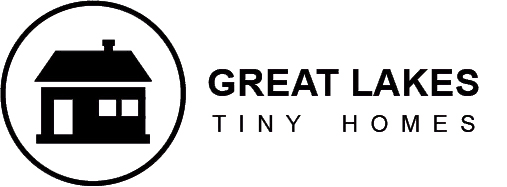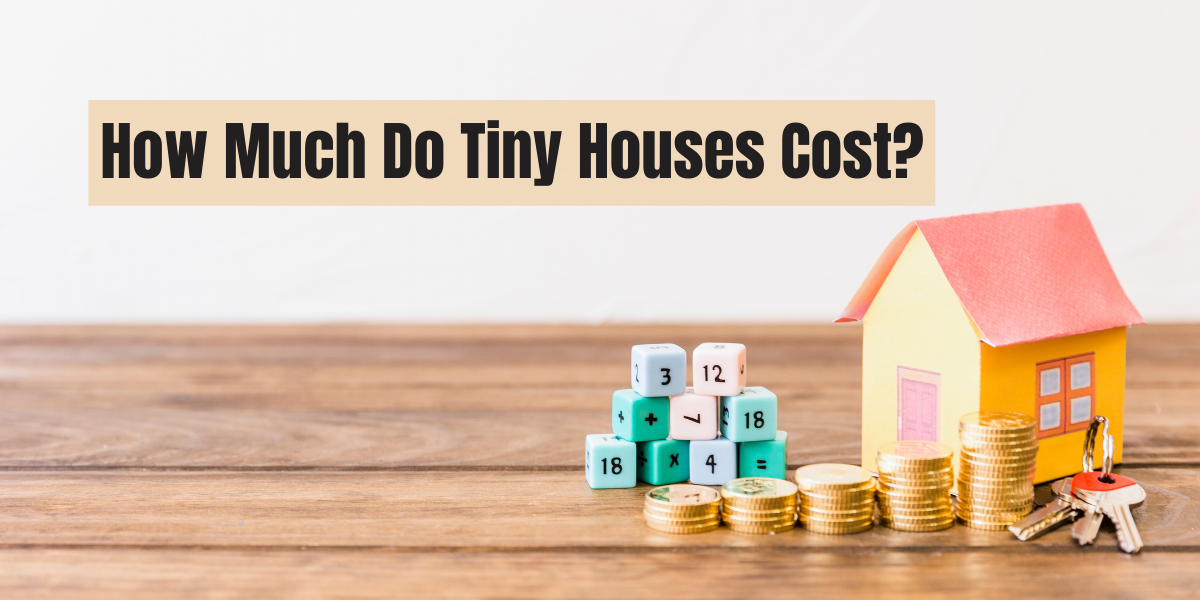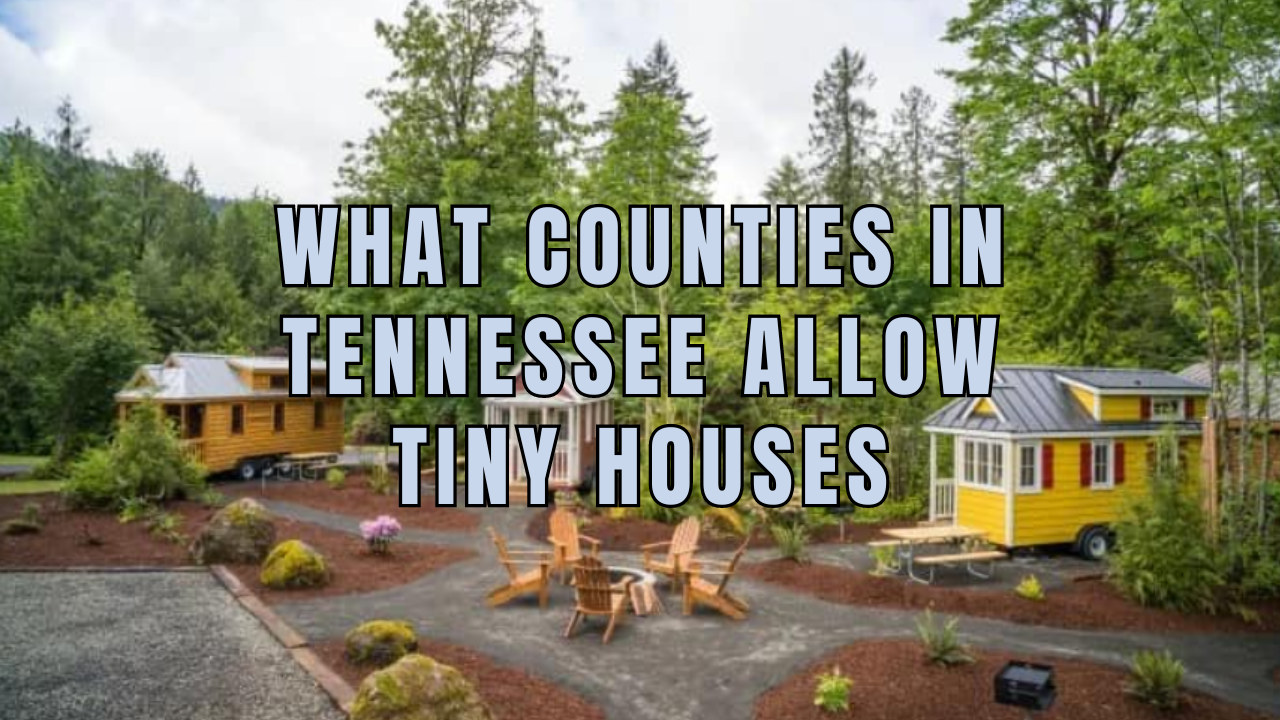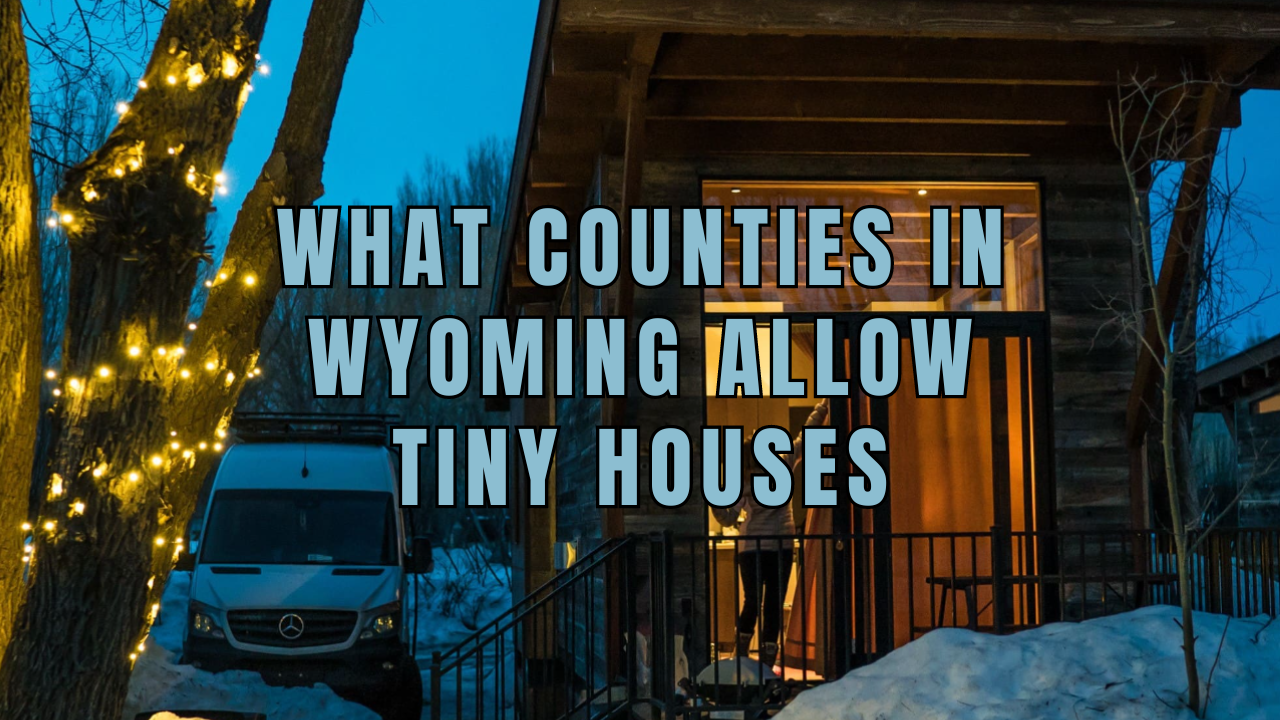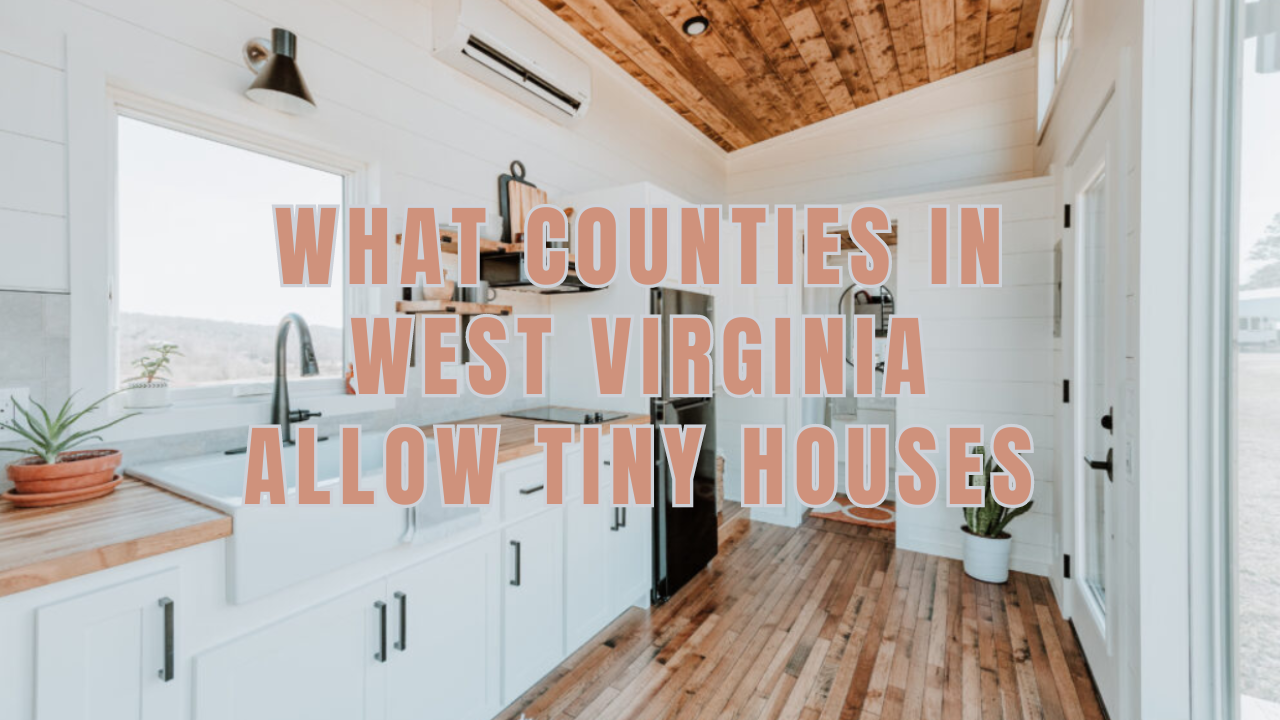Tiny homes are reshaping the traditional perception of housing as they gain popularity. These houses, typically between 100 and 400 square feet in size, offer an affordable, minimalist lifestyle in line with rising environmental concerns. However, knowing the cost of tiny houses can take much work for prospective buyers. The price estimate includes the structure itself and options for customization, land costs, and additional expenses. This article will explore various aspects of tiny house costs, helping you to determine the financial impact of tiny living and make wise decisions. How much does a tiny house cost, and are small homes truly economical?
How Much Is the Tiny House’s Average Cost?
The average tiny house cost in the U.S. varies greatly, typically between $10,000 to $150,000. Building it yourself can lower costs, while having it professionally built may increase the price. The cost of a tiny home depends on materials, design complexity, labor, and whether it’s built on a foundation or trailer. To accurately gauge the cost of a tiny house, it’s advisable to seek a quote from a local builder or contractor, factoring in any specific requirements or local building regulations.
Prefabricated Tiny Home
Prefabricated homes, known as prefab tiny homes, are residences manufactured off-site in sections, then transported and assembled on land. This technique of construction has several advantages over traditional on-site construction. First, prefabricated homes can be less expensive. Because sections of the home are mass-produced in a factory, manufacturers can save money by purchasing materials in quantity. In addition, the streamlined production process reduces labor costs and the likelihood of unforeseen expenses, making prefabricated dwellings a more affordable option. Second, prefabricated homes are typically constructed more quickly.
Building the house off-site while the site is being prepared can significantly reduce the duration of the entire endeavor. This is especially useful for those with limited time or regions with brief building seasons. As a result of the controlled factory environment, which minimizes weather-related damage or delays and diminishes the likelihood of human error, prefabricated homes can provide superior quality control. However, those interested must also consider the logistical difficulties of delivering the prefab home to the site, preparing the land, and adhering to local zoning and building codes. Furthermore, prefabricated homes may provide fewer customization options than site-built homes.
Tiny House Prices by Base Category
- Tiny Home on Wheels Cost
Building your tiny house on wheels is a form of mobile housing that has gained popularity due to its affordability and appeal to minimalist lifestyles. Depending on dimensions, materials, appliances, and customizations, the cost of these average tiny homes can vary considerably. On the low end, a basic shell can cost between $10,000 and $15,000, but purchasers must complete the interior themselves. Between $30,000 and $50,000 can be spent on a moderately-sized, standard-fitted tiny residence. Luxury models with high-end appliances, custom designs, and premium materials can cost more than $100,000.
The trailer base, which typically costs between $3,000 and $7,000, and ongoing expenses such as insurance, parking or land rental, and maintenance should also be considered. Some individuals also invest in renewable energy sources, such as solar panels, which require an initial investment but could save money in the long run. The affordability when your tiny home is on wheels is contingent upon cautious budgeting, thoughtful design decisions, and a willingness to adapt to a smaller living space. Before financing, conducting an exhaustive investigation and fully comprehending all potential costs is vital.
- Tiny House on a Trailer Cost
The cost of tiny house trailers, the mobile foundation upon which a tiny home is constructed, varies significantly based on size, type, and quality. On average, a brand-new, professionally constructed trailer designed for a tiny home can cost between $3,000 and $7,000. The length, which typically ranges from 10 to 28 feet, the weight capacity, the type of axles (single, tandem, or triple), and whether the trailer has a deck-over or crane design all affect the price.
Customizations like leveling supports, extended tongues, and drop axles can increase prices. Remember that the trailer is a crucial component of a tiny house on wheels, affecting safety, stability, and the number of houses that can be constructed. It is essential not to sacrifice quality. Always ensure that the trailer complies with local transportation regulations.
- Cost of Building a Tiny Home on a Foundation
The cost of constructing a tiny house on a foundation may vary greatly depending on its size, design, location, materials, and local labor rates. A professionally constructed tiny residence can cost between $35,000 and $75,000. Standard fixtures, appliances, and finishes are frequently included in the base price, whereas high-end appliances, luxury finishes, and custom designs can increase prices.
The foundation, consisting of a slab, crawl space, or complete basement, could cost between $5,000 and $15,000, depending on the type and local labor costs. If not already purchased, site preparation, utility connections, permits, and desired landscaping are additional costs to consider. Depending on location, you may also need to consider the costs of adapting the home to the local climate. Always ensure compliance with local building codes and zoning regulations. Careful budgeting and planning are essential when constructing a compact house on a foundation.
- Cost of a Shipping Container Tiny House
Shipping containers are repurposed to create tiny homes, a unique form of home. They are popular due to their durability, transportability, and prospective cost-effectiveness. Depending on a number of variables, the price of constructing a cargo container micro home can vary significantly. Depending on size and condition, a used cargo container can cost anywhere from $1,500 to $3,000. Typically, new or “one-trip” containers are more costly, costing up to $6,000 on average. After acquiring the shipping container, transforming it into a habitable home entails many expenses as traditional house construction, including insulation, framing, electricity, drainage, flooring, windows, and doors.
These costs can range between $10,000 and $35,000 based on the intricacy of the design, the grade of the materials, and the labor costs. Land, site preparation, foundation work, container transportation, permits, and utility hookups may incur additional expenses. Customizations, upscale finishes or appliances, and intricate designs can substantially increase prices. Although a shipping container home has the potential to be a cost-effective housing solution, it is crucial to thoroughly research all associated costs.
- Convert Bus Into a Tiny Home Cost
Creating a mobile living space by converting a bus into a tiny home, commonly known as a “skoolie,” can be a unique and cost-effective option. The price of a used bus can range from $3,000 to $10,000, but it’s essential to account for any mechanical repairs, which can increase the initial price.
The conversion procedure will consume most of the budget if the bus is in good condition. Insulation, interior framing, plumbing, electrical work, heating and conditioning systems, kitchen and bathroom fixtures, furniture, and flooring can be included in conversion costs. Depending on the level of customization and the grade of the materials used, the price can range from $10,000 to $30,000. Consider additional expenses such as insurance, parking or storage fees, and maintenance. Purchasing tools and apparatus may be necessary if you intend to perform the conversion work.
Tips for Purchasing a Tiny Home
Here are the options to consider before purchasing a tiny house:
- Custom build – Design your own tiny house by working with a specialist in the field. Architects and designers working on tiny homes are experts at making the most of limited square footage.
- Prefab tiny house – Check out the floor plans and customization choices on the websites of tiny house manufacturers, and visit actual models offered by local manufacturers.
- DIY tiny house – To start building your own do-it-yourself (DIY) small house, purchase a prefab kit or a finished outside shell.
- Preowned tiny house – Depending on the size and amenities, a used small house can range from $20,000 to $80,000.
Frequently Asked Questions
What Is the Smallest House You Can Build?
The minimum size of a house that can be constructed in the United States is primarily determined by local zoning laws and building codes. Typically, the minimum square footage for homes is between 500 and 600 square feet. Certain areas require a specific number and size of rooms. Tiny homes (100-400 sq ft) may encounter zoning issues, frequently avoided by building on wheels to qualify as recreational vehicles or RVs. Before constructing a small or tiny house, consult a local planner or building department and research local regulations.
How Long Does It Take To Build a Tiny House?
The time required to construct a tiny house varies based on several factors, including whether it is constructed by an amateur or a professional, the design’s complexity, and whether it is constructed on a foundation or trailer. A do-it-yourself compact house could take between six months and a year, assuming part-time work and no prior construction experience. It could be completed by a professional constructor in a few weeks to months. Timing depends on decision-making speed, weather, permit approvals, and unforeseen delays.
Is It Smart to Live in a Tiny House?
Living in a small home can be cost-effective, environmentally friendly, promote a simpler lifestyle, and provide flexibility. However, it may present obstacles such as limited space, potentially reduced resale value, and problems with zoning regulations and building codes. Whether or not it is a wise decision depends on the individual’s lifestyle, preferences, and objectives. If the benefits align with your lifestyle and you can manage the difficulties, it can be a rewarding decision.
Wrap Up
Tiny houses can appeal to those looking to downsize and live more sustainably. Although they are gaining popularity due to their small size and eco-friendly attributes, the overall cost to build a tiny house is something to consider. Customization, high-quality materials to build, and expert work all contribute to a higher upfront cost, despite the lower long-term utility and maintenance costs that may result. However, the potential savings on energy costs and property taxes over time may justify the upfront investment. And because of its portability and adaptability, tiny houses can be moved to take advantage of cheaper real estate prospects elsewhere. One must consider their preferences, financial resources, and environmental understanding while deciding whether or not to purchase a tiny house.
